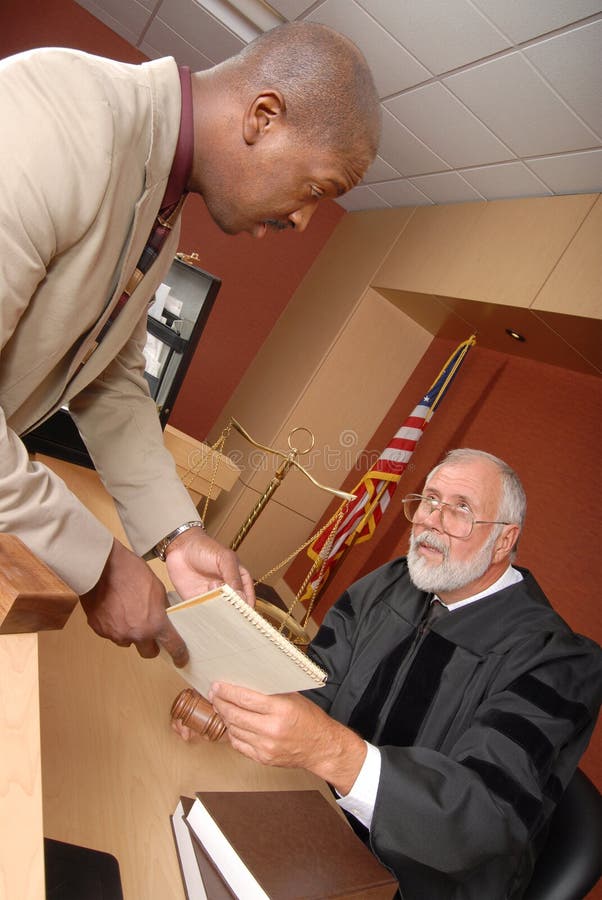Understanding the Art of Trial Presentations: Trick Approaches for Reliable Lawful Arguments
Understanding the Art of Trial Presentations: Trick Approaches for Reliable Lawful Arguments
Blog Article
How to Develop Involving Test Discussions That Sway Juries and Judges
Crafting compelling test presentations that captivate courts and courts is a nuanced art that requires a critical technique. By utilizing innovative aesthetic tools, including interactive aspects, and dedicating time to strenuous method and rehearsal, lawful professionals can dramatically improve the impact of their court presentations.
Recognizing Your Audience
To properly engage your target market during test presentations, it is vital to understand their choices, expectations, and degree of knowledge in the subject. By tailoring your discussion to meet the certain needs of the target market, you can boost their understanding and retention of the info offered.
Begin by researching the demographics of the target market, such as age, education and learning level, and profession. This information can assist you gauge their experience with lawful procedures and change your discussion design accordingly. For instance, a court may require easier language and even more visual aids compared to a team of attorneys.
Additionally, take into consideration the mental and emotional elements of your target market. Are they understanding towards specific disagreements or even more likely in the direction of realities and evidence? Understanding these nuances can help you frame your presentation in a method that reverberates with the audience on a deeper degree.
Narration Strategies
Understanding your audience's assumptions and choices can significantly influence the effectiveness of your test discussions, especially when carrying out storytelling techniques to persuade and captivate. Storytelling is an effective tool that can help lawyers connect with judges and courts on an extra psychological degree, making complicated legal arguments more memorable and relatable.

Incorporating vivid information, individual anecdotes, and rhetorical tools can additionally boost the narration experience, keeping the audience involved and invested in the end result of the instance. By crafting a convincing story that reverberates with the worths and feelings of the court and judges, legal representatives can enhance the possibilities of winning their disagreements and attaining positive decisions.
Visual Presentation Tools
Using visual presentation devices can significantly improve the impact and effectiveness of test discussions by providing a visually appealing way to communicate complicated information to courts and judges. Aesthetic help such as charts, graphs, computer animations, and layouts can aid streamline complex details, making them much more available and reasonable to the target market. By incorporating visual components into trial discussions, lawyers can develop an engaging narrative that reverberates with jurors and leaves a lasting impression.

Integrating Interactive Components
Integrating interactive elements into test discussions can enhance audience involvement and comprehension, promoting a much more immersive and interactive courtroom experience. By incorporating aspects such as interactive timelines, 3D computer animations, clickable displays, and virtual my latest blog post reality reconstructions, legal experts can astound jurors and courts, making intricate information more obtainable and unforgettable.
Interactive timelines enable a dynamic display screen of sequential events, helping the audience understand the sequence of crucial events in a situation. 3D animations can bring criminal activity scenes or crash restorations to life, providing a thorough graph that aids in clarifying detailed details. Clickable exhibitions make it possible for users to interact with evidence, files, or pictures, enabling a hands-on exploration of crucial info.
Furthermore, digital truth repairs can move the audience right into the heart of the action, offering a compelling perspective that typical discussions may do not have. These interactive aspects not only engage the audiences yet likewise equip them to actively take part in the test proceedings, bring about a more convincing and impactful court room discussion.
Method and Practice Session
To effectively leverage the possibility of interactive elements in trial presentations, extensive method and rehearsal are essential to make sure smooth integration and delivery in the court setup. Technique and practice session assistance test speakers end up being aware of the web content, timing, and flow of their presentations, allowing them to confidently navigate through various components such read this post here as video clips, animations, or interactive graphics. By practicing their distribution, speakers can fine-tune their talking abilities, body movement, and overall discussion go to the website style to enhance persuasion and integrity before the court and court.
Throughout session, speakers can identify any technical problems that may occur with interactive elements, making sure that every little thing runs efficiently during the real trial. Additionally, rehearsing before a simulated target market or colleagues can offer valuable comments on the efficiency of the interactive elements and the overall discussion. This comments allows presenters to make required modifications and enhancements prior to entering the court, eventually raising the effect and success of their trial presentations.
Final Thought
To conclude, developing appealing trial presentations that captivate juries and courts needs a deep understanding of the audience, effective narration methods, visual devices, interactive components, and extensive technique (Trial Presentations). By applying these techniques, legal professionals can effectively communicate their debates and proof in an engaging manner that reverberates with the decision-makers in the court
Utilizing visual discussion tools can significantly boost the influence and efficiency of trial presentations by supplying a visually interesting way to convey complicated info to courts and juries. By integrating aesthetic elements into test presentations, legal representatives can develop a compelling narrative that resonates with jurors and leaves a lasting perception.
One preferred aesthetic presentation tool is the usage of multimedia presentations, which permit for the assimilation of video clips, photos, and audio recordings to supplement spoken debates. Trial Presentations.To successfully take advantage of the potential of interactive components in trial presentations, complete technique and rehearsal are essential to make certain smooth integration and distribution in the courtroom setting. Method and rehearsal aid test speakers become acquainted with the material, timing, and flow of their presentations, enabling them to with confidence navigate through different components such as video clips, computer animations, or interactive graphics
Report this page